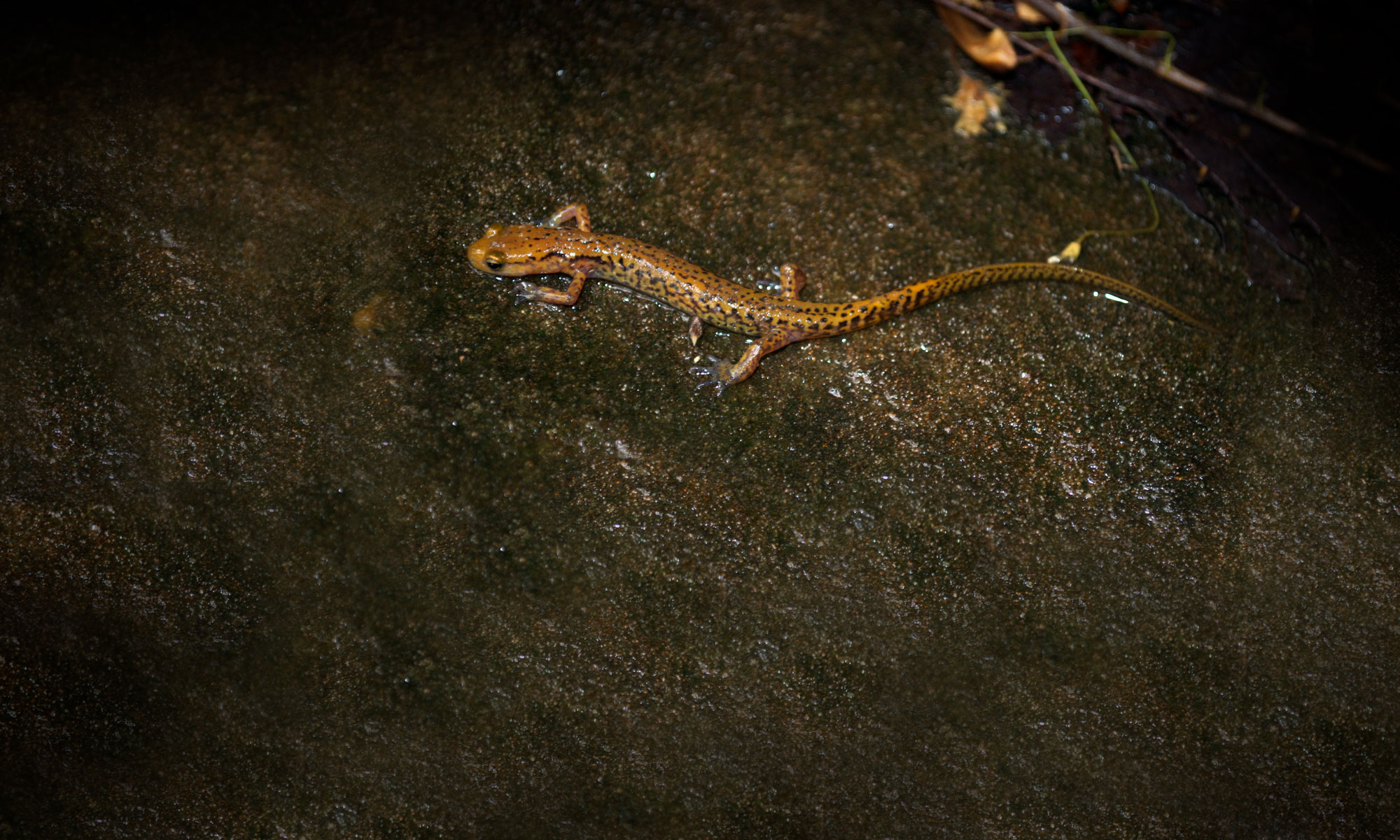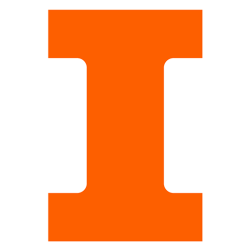This nomenclator of gastropod names above the superfamily is from Bouchet & Rocroi, 2005, [Classification and Nomenclature of Gastropod Families. Malacologia 47 (1-2): 1-397] and Ponder & Lindberg (1997), [Towards a phylogeny of gastropod molluscs: an
analysis using morphological characters. Zoological Journal of the Linnean Society 119: 83-265.]. This is not intended to be an exhaustive history of taxonomy and nomenclature of the Gastropoda, rather, it will help to identify and place the most common names in terms of our modern understanding of gastropod phylogeny. For an excellent review of the history of taxonomy and nomenclature of the Gastropoda, see Ponder & Lindberg (1997).
One of the earliest primary divisions of gastropods was into four orders, Heteropoda, Prosobranchia, Opisthobranchia, and Pulmonata. The second major classification was by Milne-Edwards (1848) [Note sur la classification naturelle chez Mollusques Gasteropodes. Annales des Sciences Naturalles, series 3, 9 102-1 12] who introduced his three subclass concept, presumably incorporating the Heteropoda into the Prosobranchia. The third main advance was by Thiele (1929-31) [Handbuch der Systematischen Weichtierkunde. Vol. I . Jena] who divided the Prosobranchia into the primitive Archaeogastropoda, the middle Mesogastropoda and the advanced Stenoglossa (= Neogastropoda).
Additional classifications appeared over the next 30 years. Among the most important of these was Yonge’s (1947) [The pallial organs in the aspidobranch Gastropoda and their evolution throughout the Mollusca. Philosophical transactions of the Royal Society of London B 232: 443-518] division of the Aspidobranchia [=Prosobranchia with bipectinate ctenidia] into four linaeges; 1) true limpets [now known as Patellogastropoda], 2) ancient marine snails [now known as Vetigastropoda], 3) caenogastropods (including valvatoids) and 4) the neritoideans [= Neritacea, Neritospina, Neritomorpha]. Yonge’s scheme was important as it was the first to recognize the distinction of the latter lineage. Yonge did not mention or cite Thiele’s 1929-31 work and therefore he does not use the terminology introduced in that volume. However, later authors incorporated Yonge’s recognition of the neritoideans as distinct from Archaeogastropoda into Thiele’s (1929-31) framework.
Other major refinements to Thiele’s classification include combining the mesogastropods and neogastropods into a new group, Caenogastropoda [Cox, L.R. 1960. Thoughts on the classification of thr Gastropoda. Proceedings of the Malacological Society of London 33:239-261] and recognition of the distinctiveness of the true limpets [=Patellogastropoda, Docoglossa, Cyclobranchia] from the remaining gastropods [Golikov A.N.and Y.I. Starobogatov. 1975. Systematics of prosobranch gastropods. Malacologia 15(1):185-232].
In 1995, Ponder & Lindberg [Origin and evolutionary radiation of the Mollusca] introduced two new main divisions of the Mollusca, Eogastropoda and Orthogastropoda, at the level of subclass. Eogastropoda includes Patellogastropoda [=Docoglossa] and ancestors. Orthogastropoda includes all other gastropods and is divided into five monophyletic groups; Vetigastropoda, Cocciliniformia, Neritimorpha, Caenogastropoda, and Heterobranchia. Under this system, former prosobranchs that are not “true limpets” are split among the Vetigastropoda, Cocciliniformia, Neritimorpha, and Caenogastropoda. The Opisthobranchia and Pulmonata are still recognized as monophyletic groups, now within the Heterobranchia. As noted in the “Introduction to Gastropod Relationships and the Terrestrial Lifestyle,” Bouchet & Rocroi (2005) recognize the monophyly of these six major groups, but their opinion is that no shared derived characters (synapomorphies) reliably group any of these lineages. Other authors do recognize synapomorphies that group some of these lineages, as shown below.

Glossary of Gastropod Names
Allogastropoda:
Archaeogastropoda: one of three subgroups of Prosobranchia, along with Mesogastropoda and Stenoglossa.
Aspidobranchia: Prosobranchia with bipectinate ctenidia.
Caenogastropoda: Mesogastropoda plus Neogastropoda.
Cyclobranchia: equivalent to Patellogastropoda.
Docoglossa: equivalent to Patellogastropoda.
Euthyneura: Opisthobranchia plus Pulmonata.
Heterobranchia: Euthyneura plus Allogastropoda.
Heterogastropoda: part of Thiele’s Mesogastropoda.
Heteropoda: original spelling “Heteropodes” by Lamarck in 1812, used for a rank equal to Gastropoda and Cephalopoda, then changed to an order within Gastropoda in 1846 by Milne-Edwards. It was changed to a superfamily in 1925 by Thiele and currently includes theholoplanktonic families Atlantidae, Carinariidae, and Pterotracheidae and presumably always referred to theses families and perhaps similar pelagic species. Bouchet & Rocroi (2005) use the name Pterotracheoidea in place of Heteropoda.
Mesogastropoda: one of three subgroups of Prosobranchia, along with Archaeogastropoda and Stenoglossa.
Neogastropoda: substitute name for Stenoglossa.
Neritomorpha: originally a suborder of Archaeogastropoda; false limpets, terrestrial snails. Similar names referring approximately to the same clade = Neritospina, Neritacea.
Opisthobranchia: originally established as the order “Opistobranches” in 1846 by Milne-Edwards and later changed to one of the three subclasses of Gastropoda, along with Prosobranchia and Pulmonata. Membership was defined on the basis of the position of the gill behind the heart. Also spelled as Opisthobranchiata and Opistho-branchiata.
Patellogastropoda: originally a suborder of Archaeogastropoda; true limpets and colied relatives. Other approximately equal names = Docoglossa, Cyclobranchia.
Prosobranchia: originally “Prosobranches” in 1846 by Milne-Edwards as one of four gastropod orders. Membership was defined on the basis of the position of the gill in front of the heart. Prosobranchia was changed from an order to one of the three subclasses of gastropoda, along with Opisthobranchia and Pulmonata.
Pulmonata: originally “Pulmones” in 1814 by Cuvier as an order and a substitute name for Blainville’s 1814 “Pulmobranches”. Membership was defined on the basis of the replacement of the gill by a pulmonary cavity (a vascularized lung). Changed from an order to one of the three subclasses of gastropoda, along with Prosobranchia and Opisthobranchia.
Stenoglossa: one of three subgroups of Prosobranchia, along with Archaeogastropoda and Mesogastropoda.
Vetigastropoda: originally a suborder of Archaeogastropoda; abalone, key-hole limpets, topsnails, turban shells

